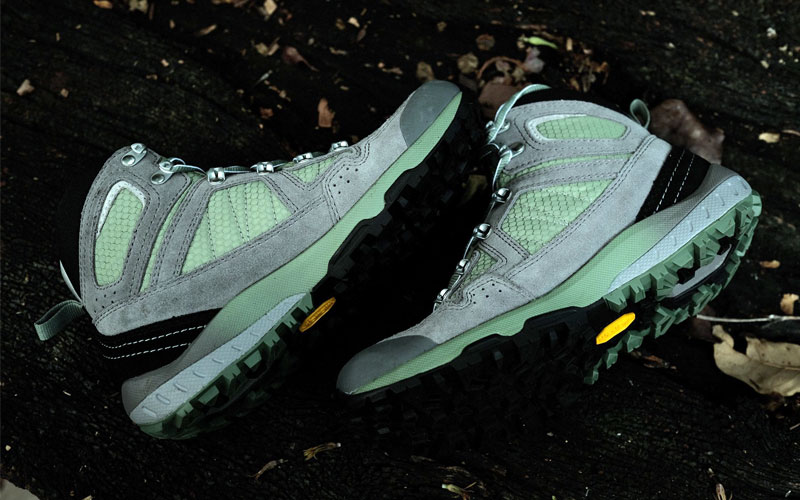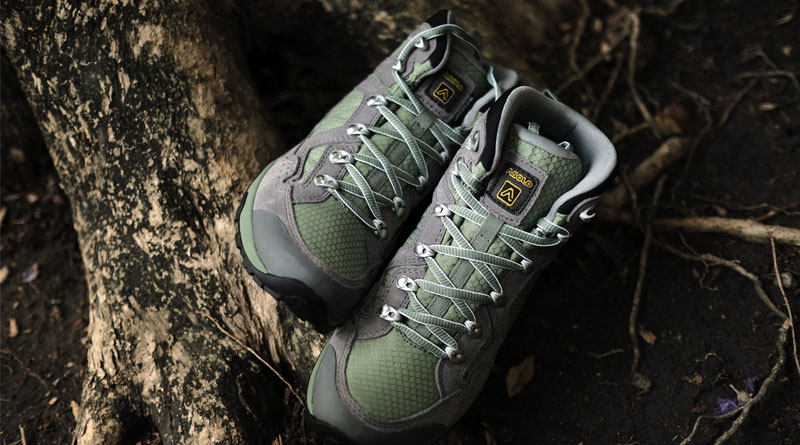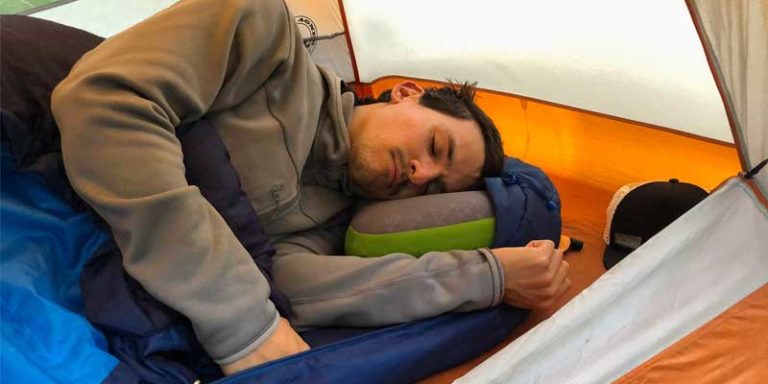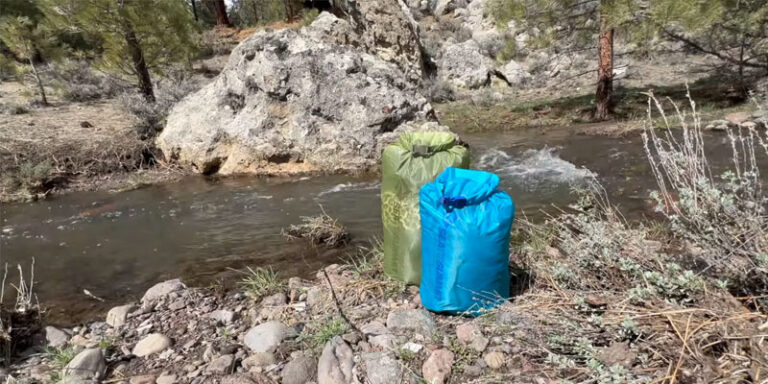Finding the right hiking shoes for small feet can be tricky. Many shoes feel too loose, causing discomfort and blisters. A good fit is important for stability and support on rough trails. The best hiking shoes for narrow feet offer a snug fit without being too tight. They also provide good grip, cushioning, and durability. Some brands design shoes specifically for slimmer feet, while others have models that run narrow. In this guide, we’ll explore the top options for narrow-footed hikers. We’ll look at comfort, performance, and overall quality. Whether you need waterproof boots or lightweight trail runners, we’ve got you covered. Let’s find the perfect pair!
1. Oboz Sawtooth X

- Upper: Nubuck leather with breathable mesh panels
- Midsole: Dual-density EVA with a TPU chassis for stability
- Outsole: Oboz Trail Tread rubber with adaptive lugs
- Waterproofing: Available in a BDry waterproof version
The Oboz Sawtooth X is a versatile hiking shoe designed for rugged trails, balancing support and comfort. The nubuck leather upper, reinforced with breathable mesh, offers durability while allowing airflow. The midsole features dual-density EVA, which provides excellent cushioning, and a TPU chassis that enhances stability on uneven terrain. The Sawtooth X outsole, made with Oboz’s Trail Tread rubber, has multi-directional lugs that grip well on rocks, mud, and loose soil. It’s a solid option for day hikers and backpackers needing all-day comfort with a stable platform.
Fit-wise, the Sawtooth X leans toward the slightly roomier side, making it comfortable for those with wider feet or who prefer extra toe space. The cushioning is plush yet firm enough to prevent foot fatigue on longer hikes. The shoe performs well on dry and wet surfaces, with decent traction even on slick rocks. While the BDry waterproof version keeps moisture out, it can feel warm in hotter climates.
Pros & Cons:
✅ Durable nubuck leather upper
✅ Excellent traction on various terrains
✅ Comfortable and stable for long hikes
✅ Wide fit accommodates different foot shapes
❌ Waterproof version can get warm in summer
❌ Slightly heavier than some competitors
See the Oboz Sawtooth X See the Women’s Sawtooth X
2. Vasque Now

- Upper: Synthetic mesh with reinforced overlays
- Midsole: Lightweight EVA with a stabilizing TPU plate
- Outsole: Vasque proprietary rubber with aggressive tread
- Waterproofing: GORE-TEX membrane for all-weather protection
The Vasque Now is an ultra-lightweight hiking shoe built for speed and agility. It features a breathable synthetic upper with reinforced overlays, providing a balance of durability and ventilation. The EVA midsole keeps weight down while offering sufficient cushioning, and the TPU plate adds torsional rigidity for extra support on technical trails. Vasque’s proprietary outsole rubber delivers excellent grip, with deep lugs that perform well in both dry and muddy conditions.
This shoe is best suited for hikers who prioritize speed and lightness over rugged durability. The fit is snug and secure, ideal for fast-paced hikes or trail running hybrids. The GORE-TEX membrane provides reliable waterproofing without sacrificing breathability, making it a solid choice for wet conditions. However, the shoe lacks the robust structure of heavier hiking shoes, meaning it may not be the best for those carrying heavy packs or tackling rough, rocky trails for extended periods.
Pros & Cons:
✅ Extremely lightweight and breathable
✅ Excellent traction on wet and dry surfaces
✅ Secure fit for fast hiking and scrambling
✅ Waterproof yet breathable GORE-TEX lining
❌ Not as durable as leather-based options
❌ Less support for heavy loads or long treks
See the Vasque Now See the Women’s Now
3. Asolo Space GV

- Upper: Water-resistant suede leather and polyester mesh
- Midsole: EVA with Asolo’s A-Fast stabilizing system
- Outsole: Vibram Megagrip for superior traction
- Waterproofing: GORE-TEX Extended Comfort membrane
The Asolo Space GV is a lightweight, low-cut hiking shoe that excels in comfort and all-weather protection. The combination of suede leather and mesh in the upper strikes a balance between durability and breathability. Its EVA midsole is engineered with the A-Fast system, which enhances support and stability while keeping the weight low. The Vibram Megagrip outsole is a standout feature, offering reliable traction on wet and rocky terrain.
Designed for light hiking and everyday outdoor use, the Space GV provides a snug and precise fit, making it a great option for those with narrow to medium-width feet. The GORE-TEX membrane ensures your feet stay dry in wet conditions, but the breathability is still decent for warmer hikes. However, due to its lightweight build, it may lack the long-term durability of heavier-duty hiking shoes. It’s best suited for day hikes, light backpacking, and travel rather than rugged multi-day treks.
Pros & Cons:
✅ Lightweight yet supportive design
✅ Vibram Megagrip outsole provides top-tier traction
✅ Waterproof and breathable for varied conditions
✅ Comfortable for day hikes and casual wear
❌ Not the most durable option for rough trails
❌ Slightly narrow fit may not suit wider feet
See the Asolo Space GV See the Women’s Space GV
4. La Sportiva Akyra II

- Upper: AirMesh with TPU reinforcements for durability
- Midsole: Injection-molded EVA with shock absorption
- Outsole: FriXion XT with Impact Brake System lugs
- Waterproofing: Non-waterproof, but dries quickly
The La Sportiva Akyra II is a trail-running-inspired hiking shoe built for technical terrain. The AirMesh upper with TPU overlays ensures a balance of breathability and structure, preventing excessive wear while allowing airflow. The injection-molded EVA midsole delivers excellent shock absorption, reducing foot fatigue over long distances. The FriXion XT outsole, combined with La Sportiva’s Impact Brake System, offers outstanding grip and braking power on steep descents and slippery surfaces.
This shoe is ideal for fast hikers and trail runners who need a rugged yet flexible shoe for mixed terrain. It’s highly breathable, making it perfect for warm-weather hiking, but it lacks waterproofing, meaning it’s not the best for wet conditions. The snug fit and aggressive outsole make it great for rocky and steep trails, but it may feel a bit stiff at first, requiring a break-in period. Overall, it’s a great choice for those who want speed, grip, and stability in a lightweight package.
Pros & Cons:
✅ Excellent traction and downhill control
✅ Lightweight and breathable for warm climates
✅ Great cushioning and shock absorption
✅ Durable upper with reinforced overlays
❌ No waterproofing, which limits wet-weather use
❌ Stiff out of the box and requires break-in
See the La Sportiva Akyra II See the Women’s Akyra II
5. Scarpa Crux

- Upper: Suede leather with rubber toe rand
- Midsole: EVA for comfort and shock absorption
- Outsole: Vibram Megagrip for approach-style traction
- Waterproofing: Non-waterproof, but leather repels light moisture
The Scarpa Crux is a hybrid approach shoe designed for hikers who frequently encounter rocky terrain and need precise foot placement. The suede leather upper offers durability and a comfortable fit, while the rubber toe rand provides added protection against abrasions. The EVA midsole delivers good cushioning, making it suitable for long days on the trail, while the Vibram Megagrip outsole excels on rock, scree, and technical approaches.
While the Crux is marketed as an approach shoe, it performs well as a general hiking shoe for those who prioritize grip and stability over plush cushioning. The fit is snug, particularly in the forefoot, which enhances precision on technical terrain. However, this can feel restrictive for those with wider feet. The lack of waterproofing means it’s not ideal for wet conditions, but the suede upper does resist light moisture. It’s an excellent choice for scrambling, rocky hikes, and light climbing approaches.
Pros & Cons:
✅ Exceptional grip on rock and technical terrain
✅ Durable suede leather construction
✅ Snug fit for precision on steep trails
✅ Protective toe rand for added durability
❌ Limited breathability compared to mesh-based shoes
❌ Not waterproof, making it less suitable for wet conditions
See the Scarpa Crux See the Women’s Crux
How to Choose Hiking Shoes for Narrow Feet?

Understanding the Importance of the Right Fit
Choosing the right hiking shoes is essential for comfort and safety. If you have narrow feet, the wrong fit can lead to blisters, pain, and instability. Hiking shoes that are too wide will cause your feet to slide, creating discomfort and potential injuries. Finding a shoe that fits snugly without being too tight is key.
The Difference Between Narrow and Regular Feet
Narrow feet have a smaller width compared to the average foot. Standard hiking shoes may feel too loose, even when laced tightly. Many brands make shoes in different widths, but not all offer narrow options. Understanding your foot shape will help you pick the right size and model.
Checking Shoe Width and Sizing Options
When shopping for hiking shoes, look for models that come in narrow widths. Some brands label their narrow shoes with an “N” or “AA” size. Trying different sizes can also help you determine what feels best. If you cannot find a narrow-specific shoe, choose a model that runs smaller or has a more tapered shape.
Materials and Construction for a Secure Fit
The material of the shoe affects how it fits over time. Leather shoes may stretch, while synthetic materials hold their shape. A firm heel cup and supportive insole also help with stability. Shoes with a narrow midfoot and a snug heel prevent excessive movement inside the shoe.
The Role of Lacing Systems
Lacing can make a big difference for narrow feet. Some hiking shoes have adjustable lacing systems that allow for a tighter fit. Try different lacing techniques to secure your foot better. Loop lacing and heel-lock lacing can reduce excess space in the shoe and improve support.
Cushioning and Arch Support
People with narrow feet often need extra arch support. A well-cushioned shoe with a contoured insole helps distribute weight evenly. Some brands offer removable insoles, allowing you to add custom orthotics if needed. A snug fit with proper arch support prevents strain and fatigue on long hikes.
Testing the Fit Before Buying
Trying on hiking shoes before purchasing is important. Wear the socks you plan to use on hikes and walk around the store. Check for any slipping in the heel or excessive space in the toe box. Your foot should feel secure but not squeezed.
Choosing the Right Brands
Some brands cater to narrow-footed hikers more than others. La Sportiva, Salomon, and Asolo often have models with a slimmer fit. Researching reviews and trying different brands will help you find the best option.
Waterproofing and Breathability
Hiking shoes come in waterproof and breathable options. If you hike in wet conditions, waterproof shoes keep your feet dry. However, waterproof membranes can make shoes less breathable. If you hike in hot weather, a breathable mesh shoe might be more comfortable.
Lightweight vs. Sturdy Shoes
Lightweight hiking shoes are great for fast hikes and short trips. They provide flexibility and comfort. However, if you carry a heavy backpack or hike on rough terrain, a more supportive shoe is better. Narrow feet need a shoe that combines both stability and comfort.
Breaking in Your Hiking Shoes
Once you find the right pair, breaking them in is essential. Wear them around the house or on short walks before taking them on a long hike. This allows the materials to mold to your feet and prevents blisters.
Dealing with Common Problems
If your shoes still feel too wide, try wearing thicker socks. You can also use insoles to improve the fit. Heel slippage and rubbing can be reduced with proper lacing techniques. If discomfort persists, consider trying a different brand or model.
Final Thoughts
Finding the right hiking shoes for narrow feet takes time and patience. Prioritize fit, support, and comfort over looks or brand names. With the right pair, your hikes will be more enjoyable and pain-free. Invest in quality footwear and take care of your feet on the trails.



